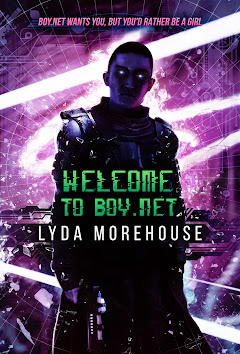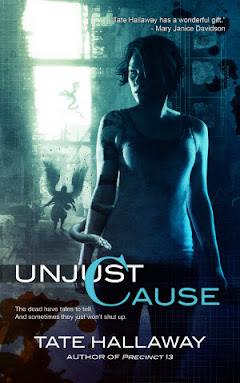Last night in class, I started off by reading out loud Neil Gaiman's essay about where ideas come from:
Where Do You Get Your Ideas?
I do this regularly, because I love the simple complexity of his thoughts here and also because: so accurate. Yes, ideas do just come out of your head. It's also so much more than that, but half of the battle is being willing to ask all the child-like questions.
After reading this, we all agreed that the ideas were "the easy bit," so we next attempted to discuss the harder bit--which is how to turn an idea into a story. There were pictures:
Let me take a stab at pulling order out of chaos. This is what I promised my students I would try to do the day after, so I'm going to give it the old college try.
It starts like this. So, you've got an idea for a story. You've been thinking about Humpback whales, how their song gets longer every year. This makes you think about human history and about how stories used to get told by poets like Homer, out loud and changing by audience and as they got told over time and again and again. Then, you hear about a whale in California (is it a Humpback?) that's been pushing further and further inland up a fresh water river. You think about whales in general. What is their life like when the world they live in is hostile to them. Can you imagine living where you can't breathe? What if you also grew up hearing songs about a time when whales lived on land?
This is a story idea, you think. There's SOMETHING here. Something you want to say.
Maybe.
But you can't figure out how to turn this bunch of jumbled, kind of connected ideas into a story, so you have to ask yourself. What are the essential elements of a story?
First of all, you have to have a character--someone who tells the tale; someone who the story is ABOUT. (A whale? A scientist studying whale language?)
For the story to work as a story, however, something has to happen. This is will be the plot, but, it is important to remember, that plot moves via conflict.
Thus, there has to be something at stake. The fate of the world can hang in the balance, of course, but, as I told the class, you don't have to think in hyperbole to tell a rip, roaring story. The thing that is at stake can be personal and small, so long as it matters. How do you make the reader care, make things matter? (Well, sometimes you just can't, but) one way is if it matters to you. If you have something you want to say, it can carry you a long way. Writing is an investment of time and energy, so if you have a story where you have something you want to say about the human condition, the nature of the world, life, or your favorite pair of socks, that will help invest the story with a sense of movement, of 'what's at stake.'
Also, if what's at stake is something that has the potential to change your main character in some way, that will also breathe life into a story idea. Is there something to be learned? Something that can challenge the character to reach for their better selves (even if they don't get to it)?
Ideally, whatever is at stake is also, in some way, in conflict with main character. They have to push themselves to get the job done. This makes for an internal conflict. A really energetic story will have both external and internal conflicts. The bad guys with ray guns are your external forces; the heroine's crushing agoraphobia can be the internal one.
You don't have to buy into any of this for a story to work, of course. But, the point of the lecture is to consider ways in which you can get the ball rolling. So, the questions you can ask your story idea is: who is the main character of this story? Who will be most changed by the events? How are they affected by the events of the story? What do they have to lose? What's at stake (for them and for the larger world)? What flaws/internal conflicts might the main character have to overcome in order to get to the end/win the day?
Then the big question becomes: where do you start the story?
My answer has always been: two seconds before everything changes.
This is true of almost every story you tell, anywhere, to anyone. "OMG, Barb, I was just walking along and BAM! There was Julius! My ex!"
Two seconds before everything changes.
Because any good opening (hook) has the listener/reader asking, "What happened next??"
The two seconds is hyperbole again (you have to watch that with me), because with a novel and a short story you have a bit more time to set up and explain the status quo before you turn it on its head. For commercial fiction, I wouldn't say you have a LOT of extra time, but you do have more than a precise measure of seconds. You could have ten lines, you could have most of a first chapter, or you can even just do it in one....
"The comet passed through Earth's atmosphere, ripping the world apart."
I mean, there are lots of ways to do this, but ultimately stories are about change. Something has changed, and someone has to change in order to fix/solve/survive/(or not) it.
When we talk about openings in more detail, I will discuss the various ways you can hook people without an action that changes everything. But I maintain that all stories, ultimately, are about an event that changed everything (probably for the worse, before things get better.) A hero/ine is that person who will do something about the change (make it better? Make it worse? Doesn't matter, so long as the change is acted upon).
Protagonists need to protag.
They need to act and they need to change.
And for me, and I think most modern readers, the hero/ines need to have some reason to do it, some way in which all of this affects their lives and emotions and thus reaches across the chasm of the page and relates to the reader. There has to be something in their plight or situation or personality that makes the reader say, "Ah, this is just who I'd be, if I were this person." (Or, best, perhaps, this is just who I WANT to be, if I were this person.)







